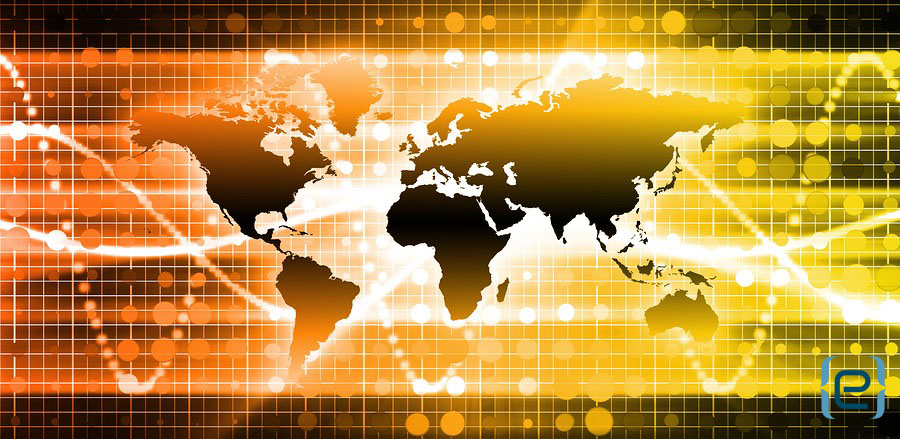From a surge in manufacturing robots and mobile POS to improved remote access, 2018 brought a host of advances in business tech. At the same time, cyber-attacks continued to make headlines, highlighting the need for more robust cyber-security.
In the coming year, organizations will search for a balance between embracing technology and safeguarding information assets. Understanding where we have come from can inform our decisions moving forward.
Improved Remote Access
Nearly half of the workers in the United States work remotely at least part of the time. Remote access is not a new concept by any means. However, business tech solutions continued to evolve to help workers collaborate effectively and securely over distance.
Microsoft leads the pack in providing comprehensive solutions for remote access. 2018 brought several new features, including:
- Microsoft Teams updates – Just two years old, Microsoft Teams continues to impress with new features. You can now translate chat messages instantly, include up to 250 participants in meetings, or add dozens of apps as tabs to your group chat. You can even do two-way calling between the Teams desktop app and a Hololens.
- Surface Hub 2 preview – While not due for general release until 2019, Microsoft began testing the new Surface Hub 2 with select customers in 2018. With multi-user sign-in and increased speed and resolution, the new version takes collaboration to the next level.
- Windows 10 updates – Several features help users transfer seamlessly between devices. For example, an improved Clipboard allows you to copy and paste items among multiple devices. The Timeline feature lets you start an activity on one device and finish on another, beginning exactly where you left off.

Cyber-Security a Global Risk
In January, the World Economic Forum published its annual Global Risks Report. For the first time, cyber-attacks ranked among the top five global risks, placing third behind extreme weather and natural disasters.
As we moved through the year, organizations across the world felt the truth of that prediction. Early in January, the Meltdown and Spectre security flaws affected billions of devices. News of vulnerabilities in Microsoft Edge followed, along with discovery of the Zacinlo malware, the VPNFilter attacks and more.
For small businesses, cyber-attacks can prove catastrophic due to the cost of recovery efforts and loss of business. Investing in a proactive approach can save time and guard your organization’s business reputation. And in the end, prevention is much kinder to the budget than cleanup.
Privacy and Information Governance
While cyber-attacks pose an increasing threat, individuals and organizations are producing more data than ever before. Protecting and organizing that data is becoming a higher priority on the business tech agenda.
In May, the provisions of the General Data Protection Regulation (GDPR) went into effect. Regulatory agencies gained the power to impose stiff fines on non-compliant organizations. As a result, organizations across the world scrambled to implement protections for personal data.
Data security is just one piece of the information governance pie. With the fast pace of data creation, organizations are turning to business tech to help them categorize, store and retrieve information more efficiently.

A Business Tech Roadmap for 2019
Continuing the trend of recent years, more organizations will embrace the versatility of the cloud. We will make further strides in artificial intelligence and mixed reality, incorporating these technologies more productively into everyday work life. And as technology advances, so will cyber threats.
Building on the lessons of the last year, organizations must plan carefully as they approach the opportunities and challenges that business tech presents. Revisit your security solutions regularly. Put together a comprehensive plan for information governance. Innovate with purpose.
With such a variety of technology available, it can be difficult to determine which options make the most sense for your organization. A forward-thinking IT services provider can help you outline a plan to implement the right technology at the right time, while safeguarding critical business assets.







